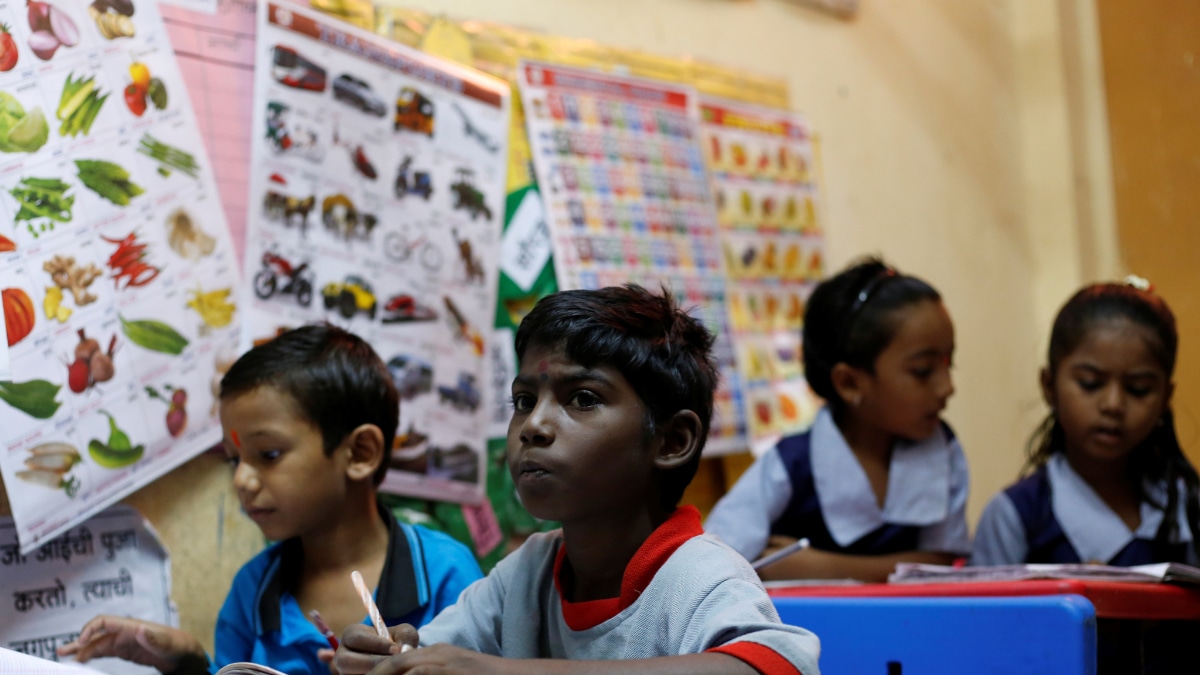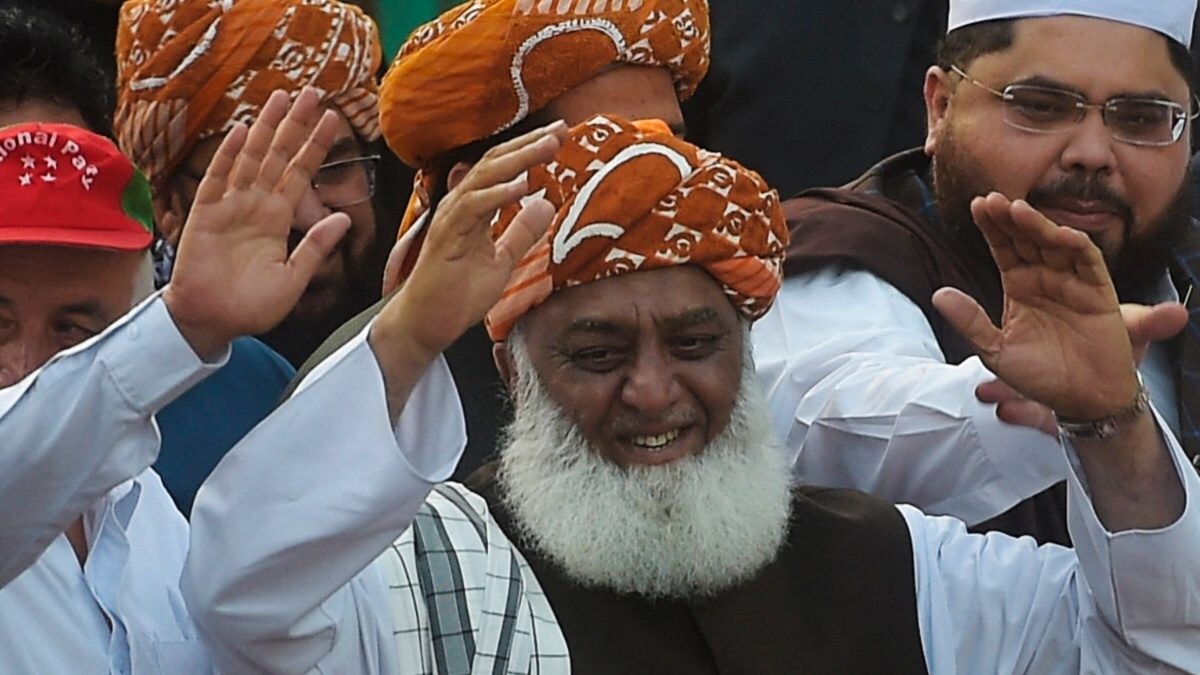[ad_1]
Last Updated: March 14, 2024, 16:38 IST
New York, United States of America (USA)

Siddharth Dhage, 10, sits at his desk in a classroom at a school in Aurangabad, India, July 18, 2019. (Reuters File Photo)
India’s Human Development Index (HDI) shows improvement in life expectancy, education, and income. Gender Inequality Index (GII) also indicates progress in India
India has made significant strides in the Human Development Index (HDI), with the country’s value increasing to 0.644 in 2022. This places India 134th out of 193 countries and territories, according to the Human Development Report (HDR) report.
India’s progress was visible in the HDR report titled, “Breaking the Gridlock: Reimagining Cooperation in a Polarized World” after a drop in its HDI value in 2021 and following a flat trend over the past few years. The latest report builds on the 2021–2022 HDR findings, which saw the global HDI value fall for the first time—two years in a row.
In 2022, India saw improvements across all HDI indicators–life expectancy, education, and Gross National Income (GNI) per capita. Life expectancy rose from 67.2 to 67.7 years, expected years of schooling reached 12.6, mean years of schooling increased to 6.57, and GNI per capita saw an increase from $6,542 to $6,951. Moreover, India demonstrated progress in reducing gender inequality. India’s GII value of 0.437 is better than the global and South Asian averages.
‘REMARKABLE PROGRESS’
“India has shown remarkable progress in human development over the years. Since 1990, life expectancy at birth has risen by 9.1 years; expected years of schooling have increased by 4.6 years, and mean years of schooling have grown by 3.8 years. India’s GNI per capita has grown by approximately 287 percent. This highlights the country’s commitment over time to not only accelerating economic growth but also improving the quality of life for all its citizens. But there is room for improvement. With a renewed focus on women-led development, and digital public goods for people and planet, I am confident India can further unlock socio-economic progress, paving the way for a brighter and more equitable future for all,” said Caitlin Wiesen, Resident Representative a.i, UNDP India.
The report notes that the global overall Human Development Index (HDI) value is greater than it was in 2019. But that doesn’t mean the world has recovered fully from the effects of the COVID-19 pandemic, compounded by other global crises. The report indicates that while wealthy countries are showing signs of robust recovery, the poorest are struggling. This ‘partial, incomplete and unequal’ recovery is leaving the poorest behind. The result is a dangerous gridlock that must be urgently tackled through collective action. However, the Asia-Pacific emerges as a standout region for human development progress, with India demonstrating considerable improvement in its HDI value since 1990.
INDIA HDI TRENDS
With an HDI value of 0.644, the latest HDR places India in the medium human development category. Between 1990 and 2022, the country saw its HDI value increase by 48.4 percent, from 0.434 in 1990 to 0.644 in 2022. India has also shown progress in reducing gender inequality and ranks 108 out of 166 countries in the GII 2022. The GII measures gender inequalities in three key dimensions – reproductive health, empowerment, and labour market.
The country’s GII value of 0.437 is better than the global average of 0.462 and the South Asian average of 0.478*. India’s performance in reproductive health is better than other countries in the medium human development group or South Asia. India’s adolescent birth rate in 2022 was 16.3 (births per 1,000 women ages 15-19), an improvement from 17.1 in 2021. However, India also has one of the largest gender gaps in the labour force participation rate—a 47.8 percentage points difference between women (28.3%) and men (76.1%).
GLOBAL INEQUALITY
The report notes that inequality across the world is rising again: after 20 years of convergence, the gap between the richest and poorest countries has started to widen from 2020. These global inequalities are compounded by substantial economic concentration. Almost 40 percent of global trade in goods is concentrated in three or fewer countries. In 2021, the market capitalization of each of the three largest tech companies surpassed the Gross Domestic Product (GDP) of more than 90 percent of countries that year.
South Asia’s loss in the HDI due to inequality is among the highest in the world (after sub-Saharan Africa), followed by the Pacific. “The widening human development gap revealed by the report shows that the two-decade trend of steadily reducing inequalities between wealthy and poor nations is now in reverse. Despite our deeply interconnected global societies, we are falling short. We must leverage our interdependence as well as our capacities to address our shared and existential challenges and ensure people’s aspirations are met,” said Achim Steiner, Administrator, UN Development Programme.
[ad_2]
Source link




